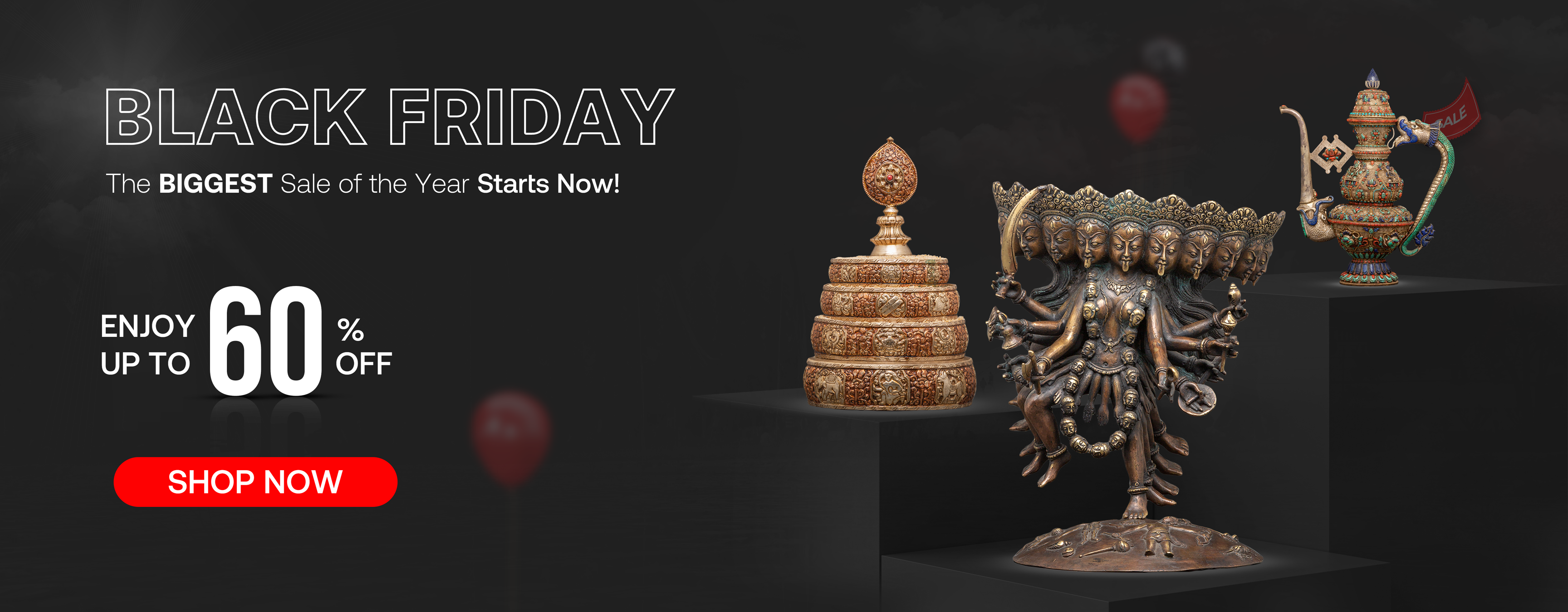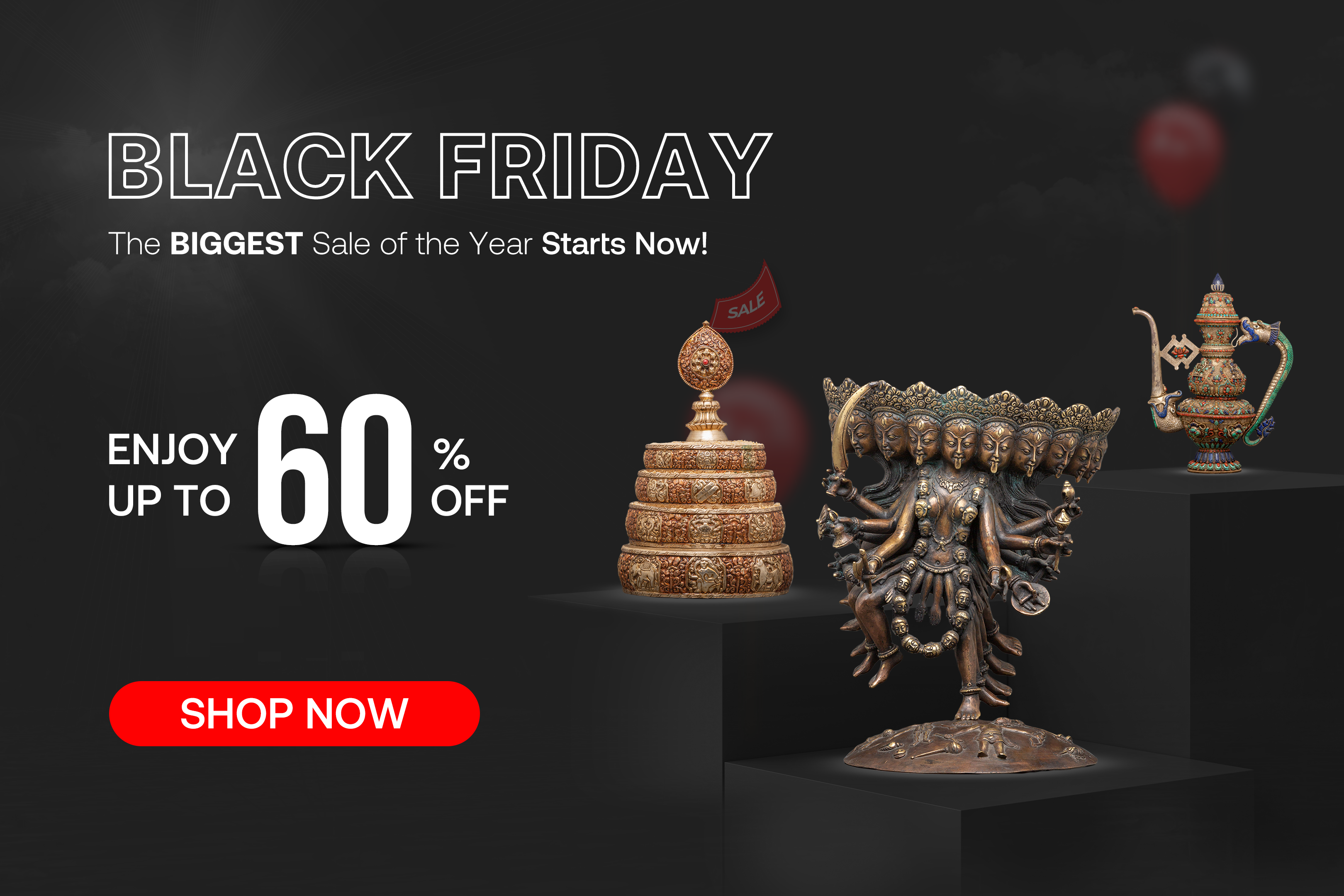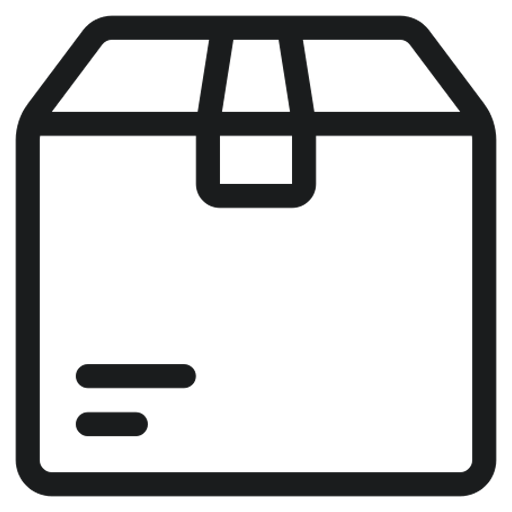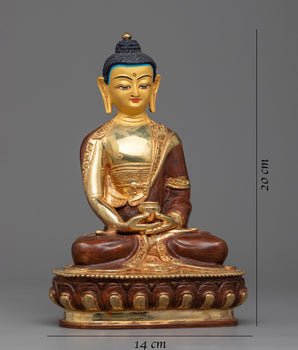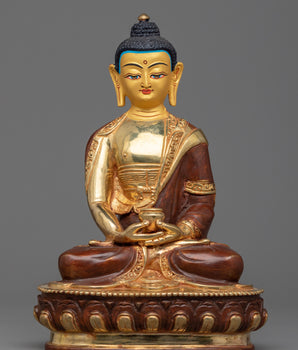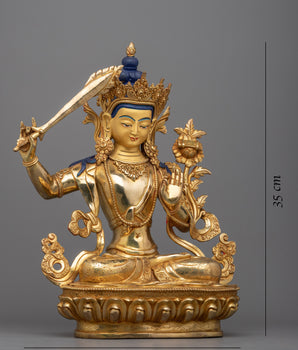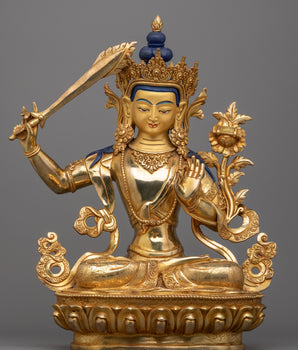At first glance, the Wheel of Life Thangka (Bhavacakra) looks like a vibrant, almost overwhelming tapestry of gods, demons, humans, and animals caught in an endless cycle. Most viewers recognize the “big picture”—birth, death, and rebirth—but few notice the hidden details tucked into the outer rim or center. From the three animals chasing each other at the hub, to Yama’s fierce presence holding the entire wheel, every symbol is a clue about the human condition. In this blog, we’ll peel back the layers of this sacred art to uncover the subtle teachings that are often overlooked.

Click here to veiw our Collection of wheel of Life thangka
Introduction to Wheel of Life Thangka
Walk into a Tibetan Buddhist monastery, or browse an online gallery, and one of the first thangkas that catches your eye is often the Wheel of Life. With its vivid colors, crowded scenes, dramatic imagery, and deep symbolism, it’s hard to ignore.
Why does it resonate so widely? Because it tells a universal story—one that merges art, philosophy, meditation, and ethics. It shows the cycle of existence, the root causes of suffering, and the possibility of liberation—all in one complex visual.
Name/Meaning:
Known in Sanskrit as Bhavacakra, in Tibetan often referred to as “Wheel of Life” or “Wheel of Becoming.” Bhava = existence/becoming; Chakra = wheel.
Origin & Purpose:
It functions as a teaching tool—originally used by the Buddha and his disciples to explain samsara (birth, death, rebirth), karma, the root causes of suffering, and how liberation is possible.
Why It’s Everyone’s Favorite?
1. Visual Tool for Complex Teachings
The Wheel of Life packs a lot—delusion, karma, rebirth, dependent origination—into a single image. Instead of abstract talk, viewers get concrete symbolism. This makes difficult teachings more accessible.
2. Emotional and Aesthetic Impact
Colors, realms, suffering, gods, demons—it’s dramatic. That drama draws attention, reflection, and often an emotional response that stays with you. It’s not just serene—it has tension, fear, hope.
3. Universality
Although rooted in Buddhism, the core ideas—suffering, change, moral cause and effect—resonate across cultures. Many people feel it reflects their everyday life: how choices have consequences, how habits trap them, how sometimes one wants something, gets it, loses it, and must begin again.
4. Meditation and Reflection Aid
Many Buddhists use the Wheel of Life for meditation, especially when reflecting on impermanence, karma, and mindful living. It's a mirror of the mind as much as of cosmic truth.
5. Artistic Richness and Variations
The many “types” of Wheel of Life thangkas mean there is always something new to explore—different styles depending on region, artistic school, level of detail, whether for teaching, ritual, or display. That variety keeps interest alive.
Origins of the Wheel of Life Thangka
The origins of the Bhavacakra trace back to the Buddha himself. According to Buddhist tradition, the Buddha instructed his disciples to use a symbolic wheel painting to explain his teachings to those who could not read or study complex texts. By pointing to the cycle of rebirth and the causes of suffering in vivid imagery, the Buddha offered a universal teaching tool that anyone could grasp, regardless of literacy or background.
These early depictions were not delicate scrolls but murals painted on the walls of monasteries. Positioned near the entrance or courtyard, they served as striking reminders to all who entered that life is fleeting, suffering is inevitable, and liberation is possible.
How to Read Wheel of Life Thangka: Key Components and Symbolism
Understanding the main parts helps you engage more deeply:
-
Center (Three Poisons / Root Delusions)
Pig = ignorance, rooster = desire/attachment, snake = anger/aversion. These three fuel suffering. -
Second Layer: Karma (Good and Bad Actions)
Usually shows beings rising to happier rebirths and falling to worse ones. Visual contrast. -
Third Layer: Six Realms of Samsara
-
Deva (Gods) realm
-
Asura (Jealous Gods or Demi-gods) realm
-
Human realm
-
Animal realm
-
Hungry Ghosts realm
-
Hell realm
These depict both literal and psychological states.
Source: Enlightenment Thangka
-
-
Fourth Layer: Twelve Links of Dependent Origination
Shows how ignorance leads to forming karmic formations, to consciousness, to name & form, sense organs → contact → feeling → craving → clinging → becoming → birth → aging & death. This chain explains how the cycle perpetuates. -
Yama Holding the Wheel
The lord of death, sometimes fearsome, reminding us of impermanence and that all is subject to change. -
Buddha Pointing to the Moon or Nirvana
Outside or above the wheel, pointing, or showing the way out—enlightenment is possible.
From Murals to Scroll Thangkas
For centuries, the Wheel of Life was primarily a monastery wall painting. But as Buddhism spread across Tibet, Bhutan, Mongolia, and Nepal, it took on new forms. Scroll thangkas—portable paintings on cotton or silk—made it easier for teachers to carry the Wheel into villages, nomadic camps, and traveling teaching circuits.
-
Wall murals: Bold, large, and often weathered by time, designed for public teaching.
-
Scroll thangkas: Portable, richly detailed, and easier to preserve, allowing monks to use them in ritual and instruction.
-
Regional styles:
-
Tibetan: Heavier outlines, bold colors, wrathful expressions.
-
Bhutanese: Bright pigments, ornate details, and dense symbolism.
-
Newar/Nepali: Fine linework, intricate ornamentation, more decorative elements.
-
This transition marked the beginning of the Wheel’s journey into household spaces, as scroll thangkas could be owned privately, not just displayed in monasteries.
Choosing a Wheel of Life Thangka: A Practical Guide
A Wheel of Life Thangka isn’t just wall décor—it’s a teaching, a meditation aid, and often a sacred object. Whether you’re a practitioner, collector, or simply an admirer of Buddhist art, here’s a more detailed guide to help you choose wisely.
1. Check the Symbolism Carefully
The power of a Bhavacakra lies in its accuracy. A well-crafted thangka should include:
-
The three animals at the center: pig, rooster, and snake chasing one another—symbolizing ignorance, desire, and hatred.
-
The six realms of existence: gods, demi-gods, humans, animals, hungry ghosts, and hell-beings.
-
Yama, Lord of Death: holding the wheel in his claws, a reminder of impermanence.
-
The Buddha outside the wheel: pointing to the moon, symbolizing liberation.
Missing or distorted symbolism may indicate either a simplified teaching version (common in modern workshops) or a commercially mass-produced piece.
2. Clarify Your Purpose: Ritual, Teaching, or Collection
-
Ritual Use: Practitioners often prefer consecrated thangkas, blessed by a lama. These are not just paintings but active supports for meditation.
-
Teaching/Study: Simpler thangkas that emphasize clarity over ornamentation can be more effective as learning tools.
-
Collection/Display: Provenance (age, lineage, previous ownership) adds value. Antique thangkas often come with wear that tells their story.
Always ask whether the thangka is consecrated, reproduced, or original—it makes a big difference in value and meaning.
3. Choose the Right Size and Format
-
Large wall-hanging thangkas: These create a powerful presence and are suitable for meditation halls or big spaces.
-
Medium-sized scrolls: Practical for home altars or meditation corners.
-
Miniature thangkas or appliqué cloth pieces: Travel-friendly, perfect for practitioners who move between spaces.
Consider not only your wall size but also how close you’ll be sitting to the thangka. Fine details in small thangkas are often best appreciated up close. Wheel of life thangka from Evamratna
Wheel of life thangka from Evamratna
4. Ethical Sourcing and Authenticity
With the rising popularity of Tibetan art, the market is full of cheap reproductions that look decorative but lack cultural depth. To respect the tradition:
-
Support local artisans and workshops that keep thangka painting alive.
-
Ask for fair trade or cooperative-certified sources when possible.
-
If buying antiques, check for provenance documentation to avoid illicitly exported items.
An ethically sourced thangka not only ensures authenticity but also supports the survival of traditional lineages of painters (often family guilds that pass down the craft).
The Wheel of Life in the Modern World
Today, the Wheel of Life has expanded far beyond monasteries:
-
Meditation centers and yoga studios display it as a teaching aid and decorative focal point.
-
Collectors seek out antique thangkas, some dating back centuries, as prized artworks.
-
Museums and galleries curate Bhavacakra paintings as part of global Buddhist heritage (e.g., Rubin Museum, British Museum).
-
Contemporary artists reinterpret it in new media—digital art, posters, even tattoo designs—carrying the symbolism into modern aesthetics.
What was once a teaching tool for Himalayan villagers is now recognized globally as both art and philosophy.
Conclusion: The Wheel Keeps Turning
From the gates of monasteries to the walls of urban living rooms, the Wheel of Life Thangka has traveled through cultures and centuries, always carrying the same timeless message: life is impermanent, suffering is inevitable, and liberation is possible.
What began as a visual sermon for Himalayan villagers has become a global icon of Buddhist philosophy, treasured by practitioners, scholars, and art lovers alike. And as the wheel keeps turning, so does its power to awaken, remind, and inspire.






